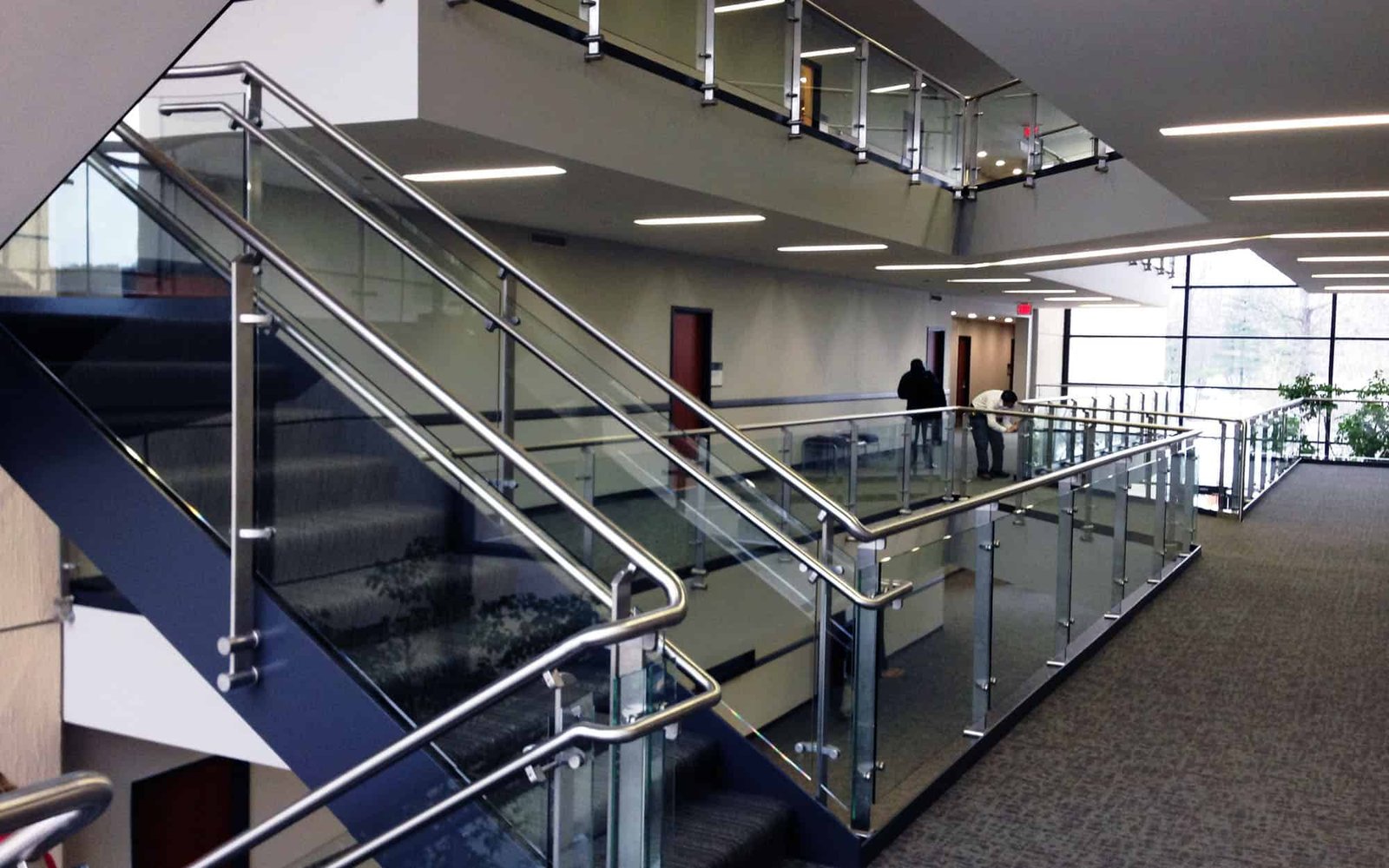Starting a blog is a powerful way to express your ideas, share your expertise, and engage with a targeted audience. However, creating a blog that attracts substantial traffic requires more than just publishing posts—it requires strategy, consistency, and an understanding of SEO, content marketing, and audience engagement. In this guide, we’ll walk you through the essential steps to start a blog that not only attracts visitors but keeps them coming back for more.
1. Choose the Right Niche for Your Blog
The first step in starting a successful blog is selecting a niche that aligns with your passions and expertise. A well-defined niche will help you attract a specific audience and differentiate your blog from the competition.
- Key Developments: In 2025, blogs that cater to micro-niches are seeing success because they address the specific needs and interests of small, targeted audiences. This enables content creators to build authority in a particular subject and cater to readers’ interests.
- Why It Matters: Choosing a niche allows you to create focused, valuable content that speaks directly to your target audience. By zeroing in on a niche, you can become an expert in your field, which attracts a loyal audience and drives traffic.
2. Set Up a Professional Blog Website
The technical setup of your blog matters when it comes to user experience and SEO. A clean, professional, and mobile-responsive website is essential to attract and retain traffic.
- Key Developments: WordPress remains one of the most popular blogging platforms in 2025, with themes and plugins designed to make blog creation easy. Additionally, many hosting providers offer managed WordPress services, making it easier for beginners to get started.
- Why It Matters: A user-friendly website ensures a smooth reading experience, encourages visitors to stay longer, and enhances your SEO ranking. Google prioritizes mobile-friendly websites, so it’s crucial to choose a responsive design that works seamlessly across devices.
3. Focus on High-Quality Content Creation
Content is the heart of any successful blog. The key to driving traffic is consistently creating valuable, informative, and engaging content that resonates with your audience.
- Key Developments: Long-form content continues to be favored by search engines, especially when it provides in-depth, actionable information. Additionally, multimedia content, such as videos, infographics, and podcasts, are gaining traction in 2025 for enhancing user engagement and improving SEO.
- Why It Matters: High-quality content is not only the cornerstone of SEO but also a key driver of user engagement. By providing informative and valuable content, you encourage visitors to return, share, and engage with your posts, which boosts traffic.
4. Master Search Engine Optimization (SEO)
SEO is crucial for driving organic traffic to your blog. Optimizing your content for search engines will ensure that it ranks well in search results and attracts the right audience.
- Key Developments: In 2025, SEO strategies are increasingly focused on user intent, mobile-first indexing, and quality content. Tools like Google Search Console and AI-driven platforms such as Clearscope and Surfer SEO help bloggers optimize their content for search engines.
- Why It Matters: Without SEO, your blog will struggle to be discovered by search engines, reducing your potential for organic traffic. Optimizing your content with relevant keywords, quality backlinks, and user-friendly site architecture will help you rank higher and attract more visitors.
5. Promote Your Blog Using Social Media
Social media is a powerful tool for driving traffic to your blog. By leveraging social media platforms, you can reach a wider audience, engage with followers, and share your content to generate traffic.
- Key Developments: Platforms like Instagram, Twitter, and LinkedIn are seeing increasing use for content promotion. Visual content, such as infographics and short videos, perform particularly well on these platforms, encouraging shares and interactions.
- Why It Matters: Social media promotion drives immediate traffic to your blog. Sharing your content on relevant social media platforms also increases visibility, helps build brand awareness, and creates opportunities for audience engagement.
6. Leverage Email Marketing for Engagement
Email marketing is one of the most effective ways to drive traffic and keep your audience engaged. Building an email list from day one allows you to nurture your relationships with subscribers and encourage repeat visits to your blog.
- Key Developments: Email marketing tools like Mailchimp, ConvertKit, and Substack are gaining popularity in 2025 for creating personalized email campaigns. Additionally, segmenting your email list based on user preferences or behavior allows you to send more targeted and relevant content.
- Why It Matters: Email marketing allows you to stay in touch with your audience, remind them about your latest posts, and drive them back to your site. Regular email campaigns also improve brand loyalty and increase traffic by bringing readers back to your content.
7. Optimize for User Experience (UX)
User experience is an essential factor in retaining traffic. A blog that’s easy to navigate, loads quickly, and offers engaging visuals will encourage readers to stay longer and visit more pages.
- Key Developments: In 2025, UX optimization goes beyond simple design; it includes site speed, mobile responsiveness, and intuitive navigation. Tools like Google PageSpeed Insights can help bloggers assess and improve page load times.
- Why It Matters: A good user experience reduces bounce rates and keeps visitors on your site longer. Google rewards websites with excellent user experience by ranking them higher in search results, which in turn drives more traffic.
8. Use Internal Linking to Boost Traffic
Internal linking is an important SEO practice that enhances the structure of your blog and improves user experience. By linking related blog posts, you help visitors discover more of your content and keep them engaged.
- Key Developments: Internal links that guide users to related content can significantly reduce bounce rates and improve the time spent on your blog. In 2025, bloggers are also optimizing their internal linking strategies by creating content hubs that center around pillar posts.
- Why It Matters: Internal linking increases the chances of your content being discovered and boosts SEO by spreading link equity across your blog. It encourages visitors to explore more of your site, which increases traffic and improves your content’s ranking.
9. Collaborate with Other Bloggers and Influencers
Guest posting and collaborating with influencers or other bloggers in your niche can help drive traffic to your blog. By partnering with established bloggers, you expose your content to a new audience and gain backlinks to improve SEO.
- Key Developments: Collaborative content, such as interviews, round-ups, or co-authored blog posts, is becoming a popular strategy in 2025. These partnerships help build authority and attract targeted traffic from the partner’s audience.
- Why It Matters: Collaborations increase your exposure to new audiences and create opportunities for cross-promotion. By establishing relationships with influencers or fellow bloggers, you can boost your blog’s credibility, generate backlinks, and increase traffic.
10. Monitor and Analyze Blog Performance
Regularly tracking and analyzing your blog’s performance is essential for growth. Using analytics tools, you can identify what’s working, what’s not, and adjust your strategy accordingly.
- Key Developments: Google Analytics and other AI-powered platforms now offer deeper insights into user behavior, helping bloggers understand which posts perform best and which keywords drive the most traffic. In 2025, data-driven content optimization will be the norm for successful bloggers.
- Why It Matters: By monitoring traffic, bounce rates, and user engagement, you can optimize your content strategy and improve your SEO efforts. Regular analysis ensures you’re creating content that resonates with your audience and drives traffic.
Conclusion
Creating a blog that drives traffic in 2025 requires more than just publishing great content. It involves a combination of strategic planning, SEO optimization, content promotion, and ongoing analysis to ensure your blog stands out in a crowded digital space. By focusing on your niche, producing high-quality content, leveraging social media, and optimizing for SEO, you can build a blog that not only attracts visitors but also fosters long-term engagement. Start implementing these strategies today, and you’ll be on your way to building a successful, traffic-driving blog that stands the test of time.





